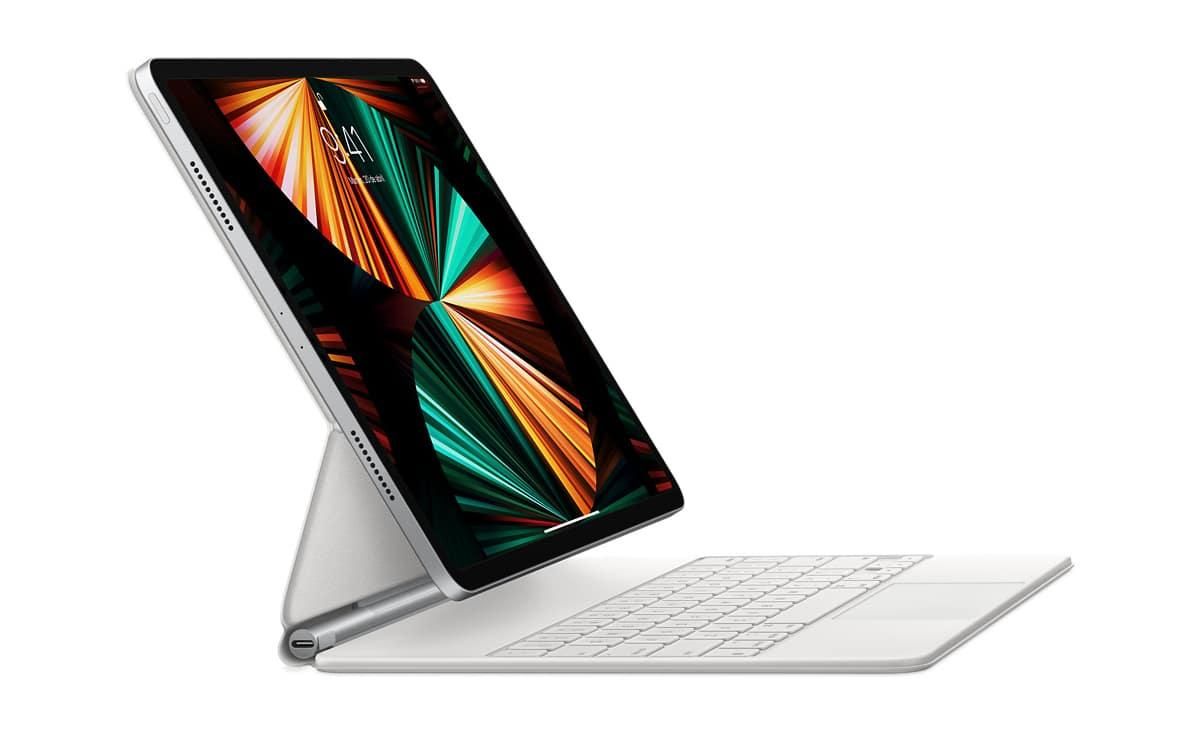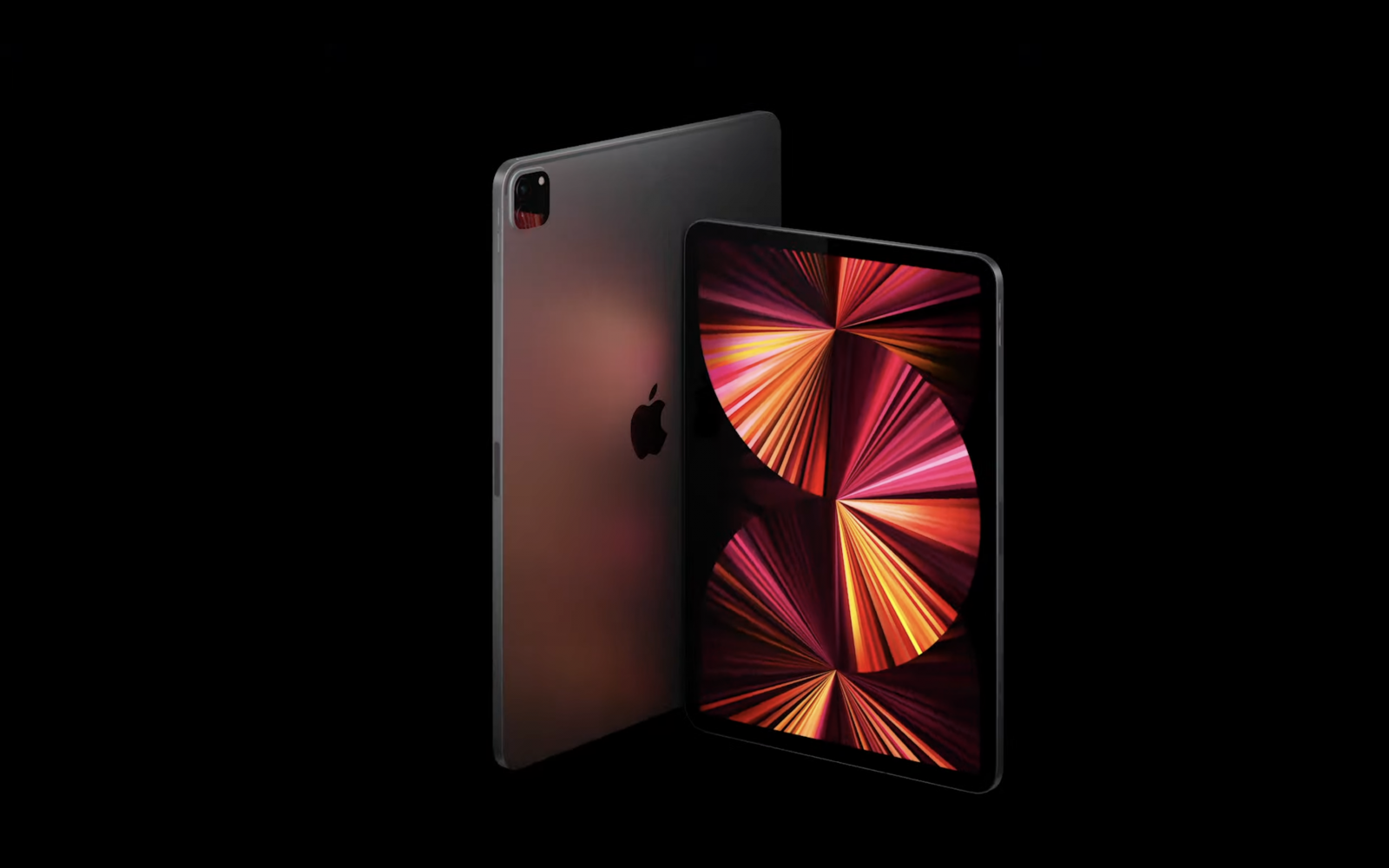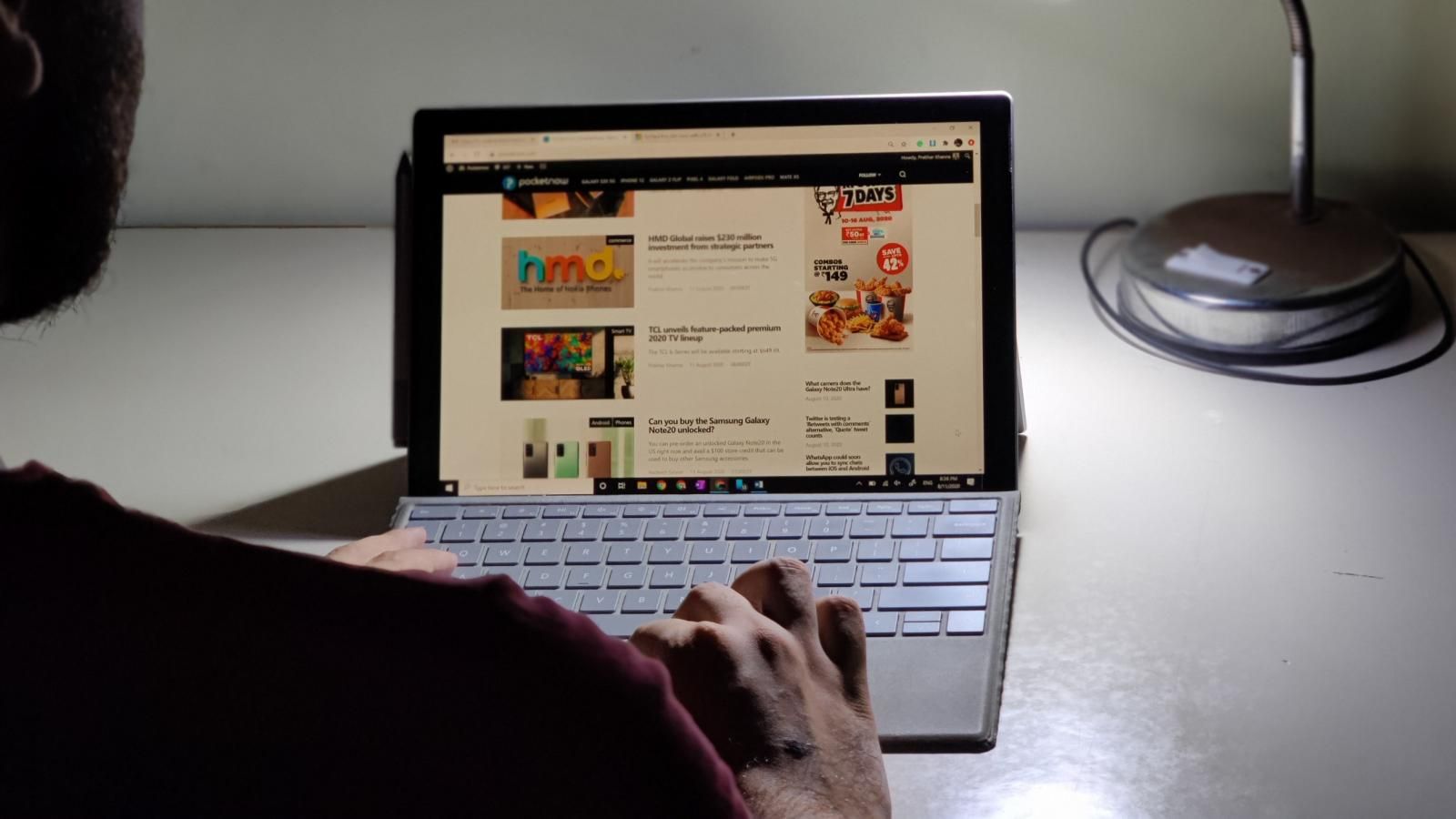I’ve been a long-time Microsoft Surface Pro user (before switching to the MacBook Air late last year). Now that I have switched, I miss the versatility that the Surface Pro offered. Don’t get me wrong, the MacBook is plenty portable but I can’t pull out the screen and use it as a tablet when I need to – I have the iPad Air for that, which makes it two separate devices for separate tasks. The Surface Pro is one device that can do both! Yeah, Windows in tablet mode sucks, (I know!) but I can pull out the screen and read my favorite articles while having snacks – it’s super easy. Now, why did I switch if I like the Surface Pro so much?
Long story short, I like the Apple ecosystem (I’m invested in it as I have an iPhone and an iPad Air), but prefer the Microsoft hardware. And, there’s nothing that can compete with the versatility of a Surface Pro on the market as of now (for me, at least). Sure, you can attach a keyboard to the iPad Pro to work as a laptop, but that isn’t enough! It still runs a mobile-first OS rather than offering an operating system meant for productivity. Hence, now that the iPad Pro has an M1 chip, I wish Apple made a true convertible.
The new iPad Pro is capable, or is it?
On April 20, at its Spring Loaded event, Apple unveiled an all-new iPad Pro with a new mini-LED display, Thunderbolt port, and more. The best part of the upgrade is the M1 chip, which powers the 5th gen iPad Pro 12.9-inch. Theoretically, the new iPad Pro is as powerful as the MacBook Air – that’s a whole lot of horsepower! But for what?
The in-house M1 chip comes with 64-bit desktop-class architecture. It has an 8-core CPU and 8-core GPU with a next-gen Neural Engine. Plus, it is claimed to provide “1500 times higher performance”! How? I don’t know. It will load your mobile apps faster, maybe? The current iPad Pro is plenty fast already. Hence, I don’t see how the new one will offer “1500 times higher performance” when the OS is limited to mobile apps.
iPad Pro 2021
Personally, I can’t use the iPad as my primary machine. It still cannot run Zoom in the background – allowing me to take notes on the screen while I’m in a meeting. On the other hand, my MacBook Air allows me to minimize the Zoom call and browse/work in Safari, or jot down ideas in the Notes app. Doing this on the iPad is a mess. Another aspect is the apps that can run on the Apple tablet. These offer less functionality when compared to their macOS counterparts.
Hence, it leaves room for a new form factor – something that is more than a tablet with a keyboard attached to it. And, it will only come into existence if Apple gives its iPad Pro the OS it needs to fully utilize the M1 chip. Maybe macOS is the go-to solution, or maybe a limited version of macOS could also do the job.
What I mean when I say “convertible”
I don’t consider a tablet with a keyboard attached to it to be a true “convertible.” A convertible needs to run full versions of the apps when docked into the keyboard, and offer a touch-friendly interface when in tablet form (Microsoft, please work on the latter).
I see no reason for the new iPad Pro to not run macOS apps. After all, it’s got all the power it needs, but it is held back by its OS. And, Apple already has the second part – to run like a tablet when in hand – figured out with iPadOS. What if the company mixes the two operating systems and the iPad Pro boots a version of macOS when docked while offering the iPadOS in tablet form.
Why not make things work the other way around?
Apple is already working on running iPhone and iPad apps on macOS by offering a more cohesive ecosystem with the help of Catalyst, which makes it easy for developers to port their apps between iPadOS and macOS. As Monica Chin of The Verge pointed out, Apple is already seemingly designing macOS Big Sur to bring the operating system closer to the look and feel of iOS. After all, now it offers rounded window corners, a new Control Center like the iPadOS, and iOS-like dock icons to the newly translucent layers. Apple can sure make things work the other way around, that is, make macOS apps work on iPadOS.
But…
Let’s say you are a trillion-dollar brand, and a major part of your income comes from selling two separate devices. Would you mix them to offer a single device? When Apple can sell both the iPad and MacBook separately to a single person, why would it bring a touchscreen to Mac or macOS capabilities to its iPad range?
How I look at it
The iPad Pro is made for professionals who value craft and productivity. It has a fanless computer design with a chip as powerful as a traditional computer (the iMac now offers the same set of capabilities) but it is limited by the software on offer.
Why not make the iPad Pro range dual boot with a version of macOS when docked with a keyboard and offer the iPadOS experience when the tablet is held in hand. What I’m saying is to keep this limited to the Pro lineup. Don’t offer the same features on the iPad Air or the budget iPad, but make the iPad Pro a true convertible. Not everyone wants a 12.9-inch primary computer, but having used the 12.3-inch Surface Pro 5 as my daily driver for two years, I can safely say that there’s an audience for the iPad Pro convertible
If iPad Pro were a convertible
Surface Pro 5
Think about it – a true Surface Pro competitor in the Apple land. I would buy it in a heartbeat. There’s definitely a market for such a product for professionals like me who want to stay productive on the go and budding artists who want their primary machine to do it all or students who want to take handwritten notes (with the Apple Pencil) during a lecture.
Apart from that, you get many times better webcam! The latest iPad Pro comes with a 12MP shooter for video calls instead of the potato webcam found on the MacBooks. It would definitely help a lot of people including professionals, students, and more.
Plus, the iPad Pro now offers 10,000 mini-LEDs on the 12.9-inch model, which is far more than the 72 LED’s on the previous one. It supports a 2732-by-2048 resolution at 264 PPI and 600 nits max brightness (typical), 1000 nits max full-screen brightness, and 1600 nits peak brightness (HDR). This is one of the brightest displays for a machine of its kind. Imagine using it for entertainment purposes, while also doubling it as your work machine!
It’s time, Apple! Please give us a true iPad Pro convertible. Would you buy it? My colleague Anton says he’d skip the iPad Pro and rather buy a MacBook Air. Let me know what do you think in the comments below!



